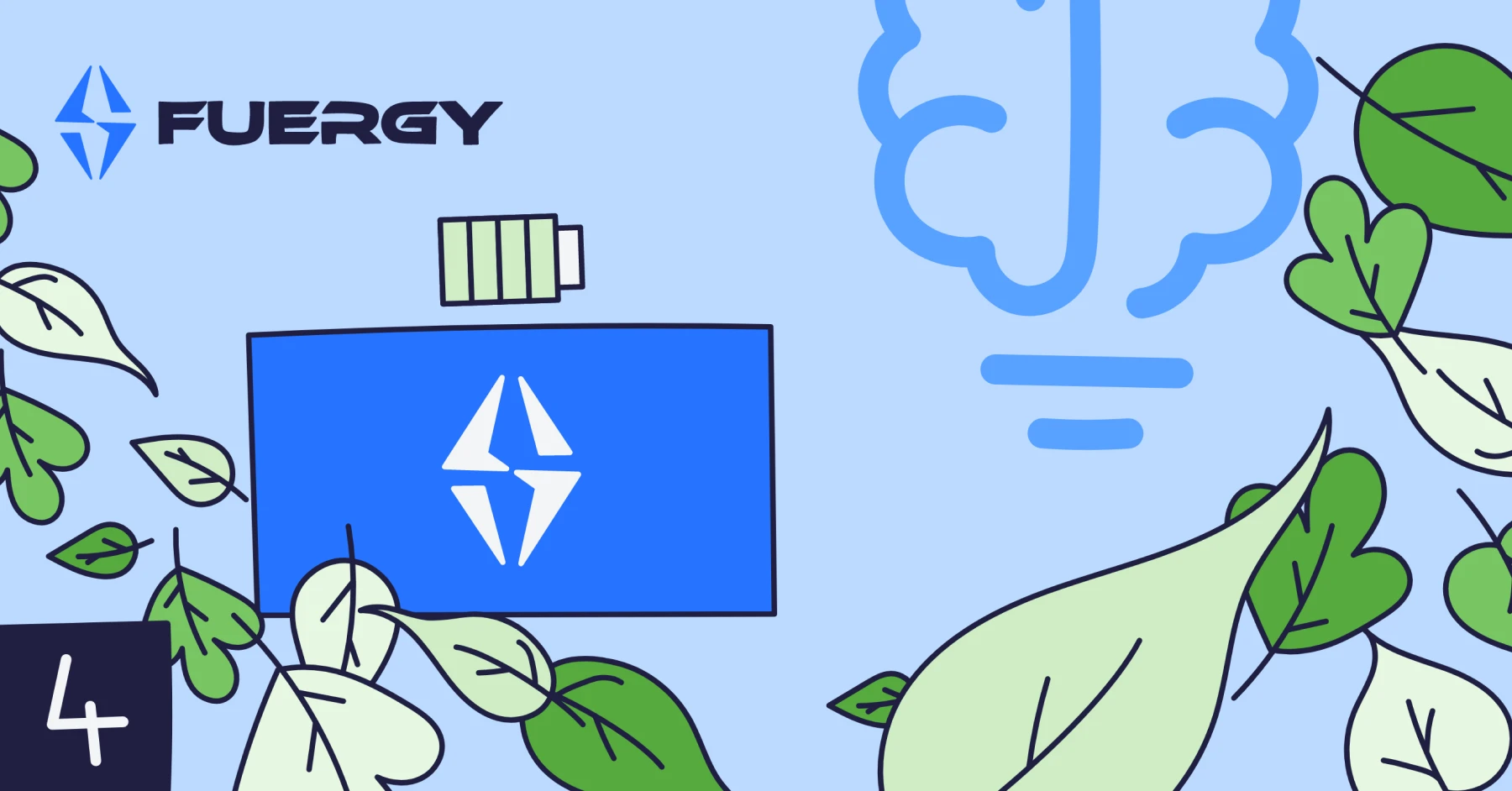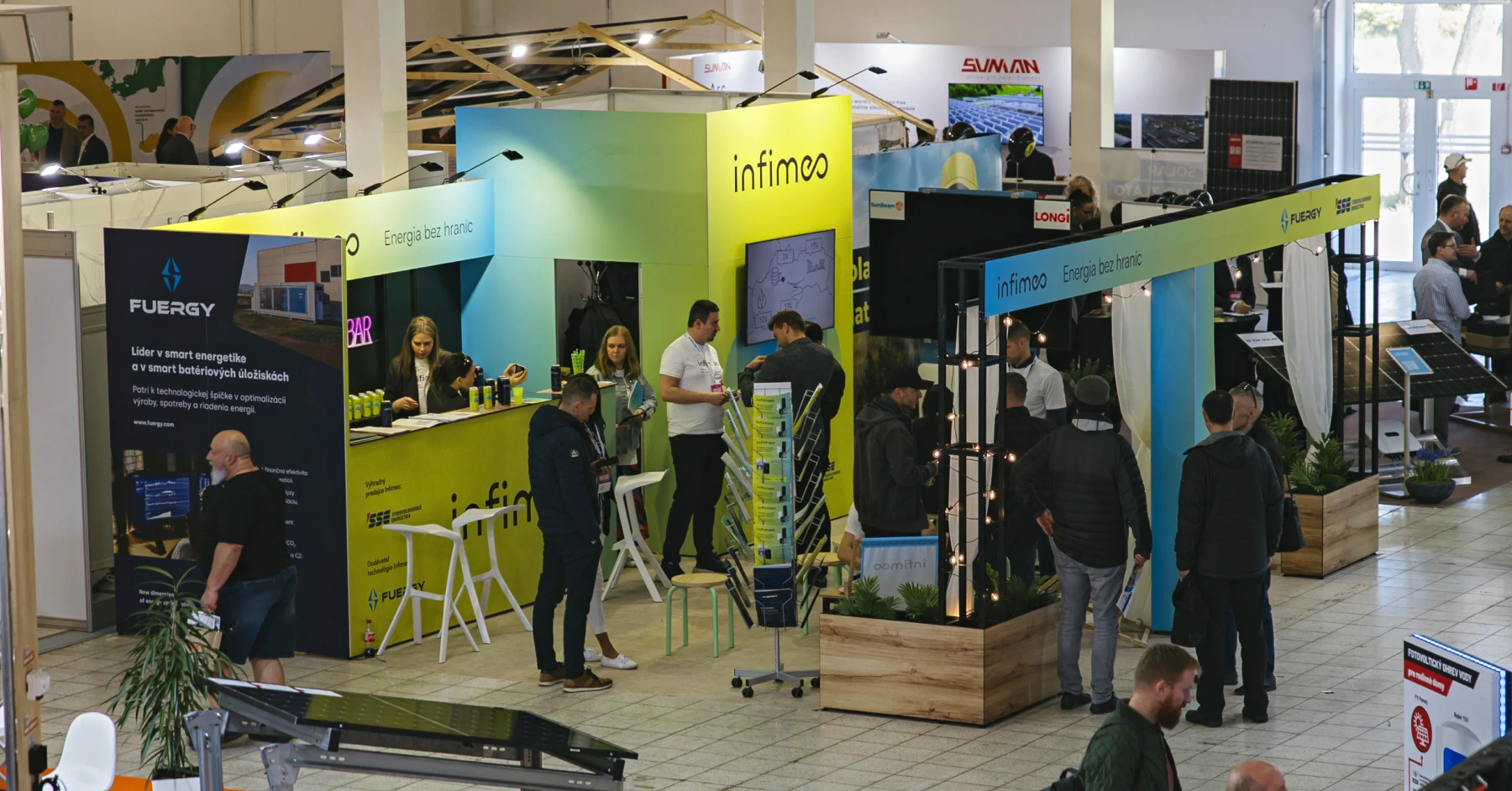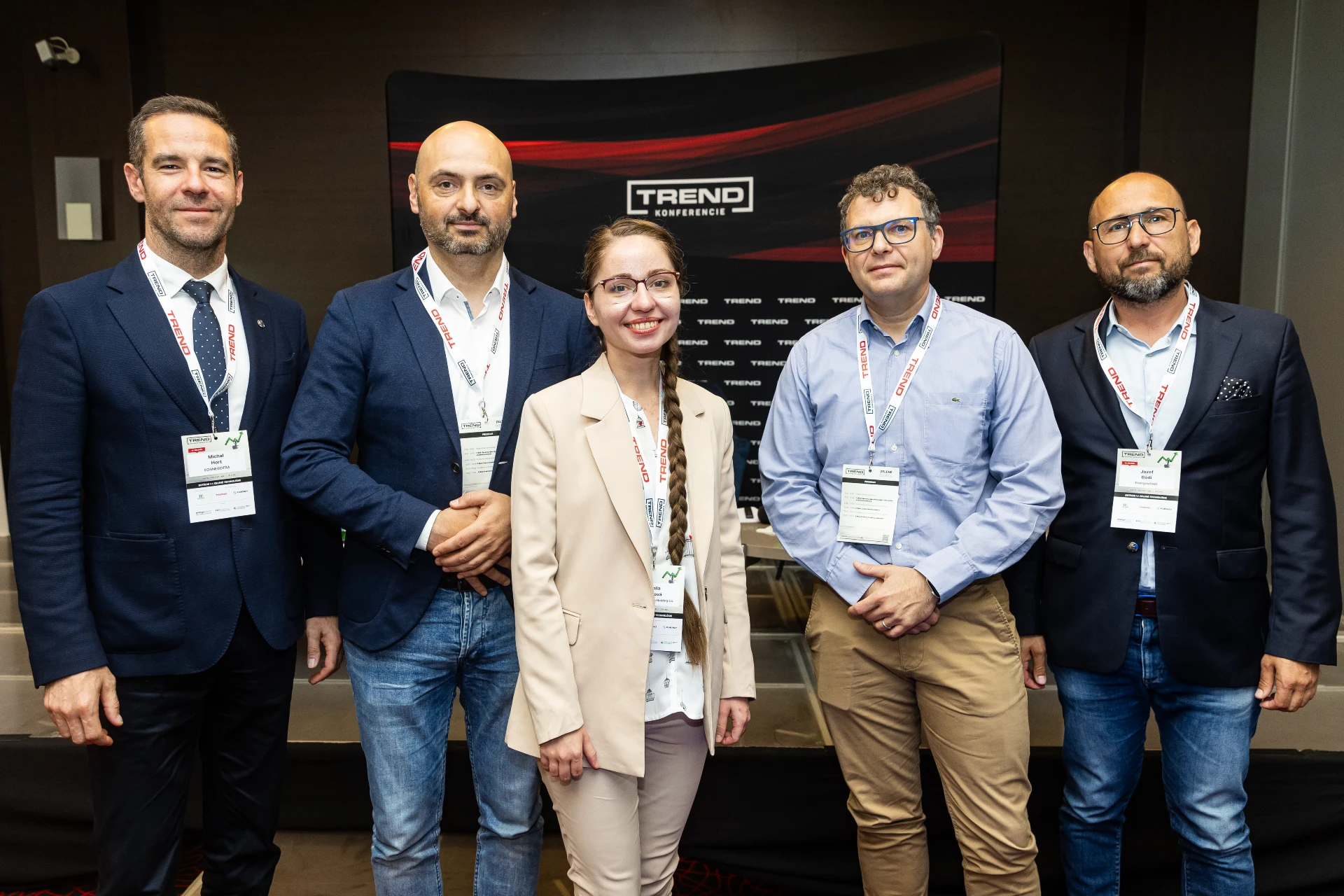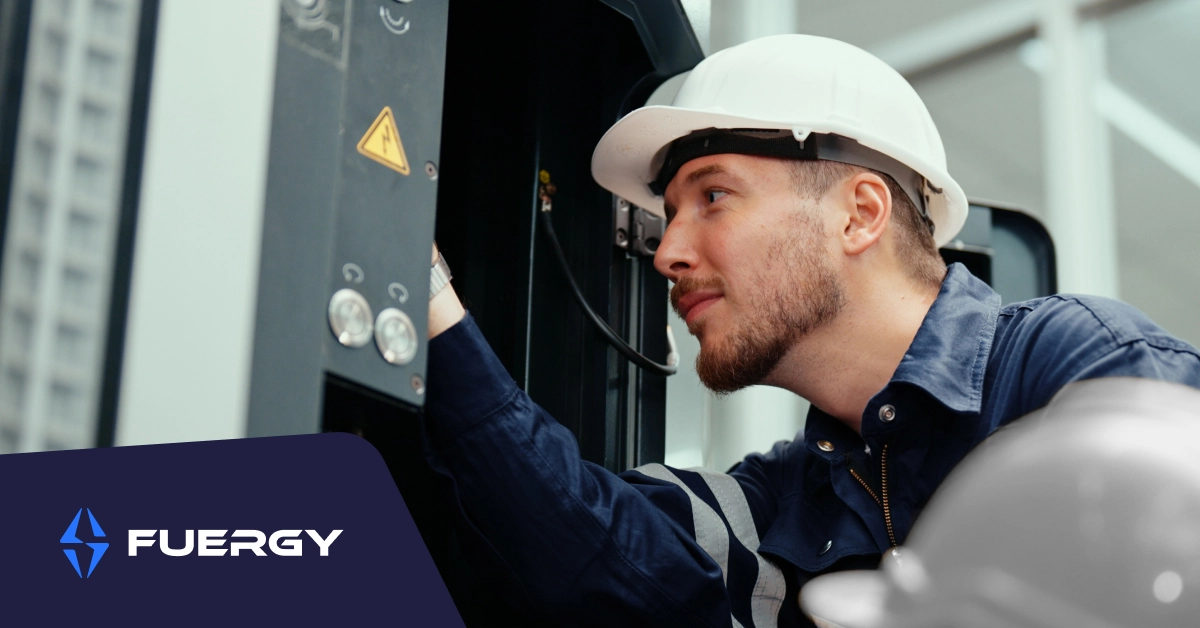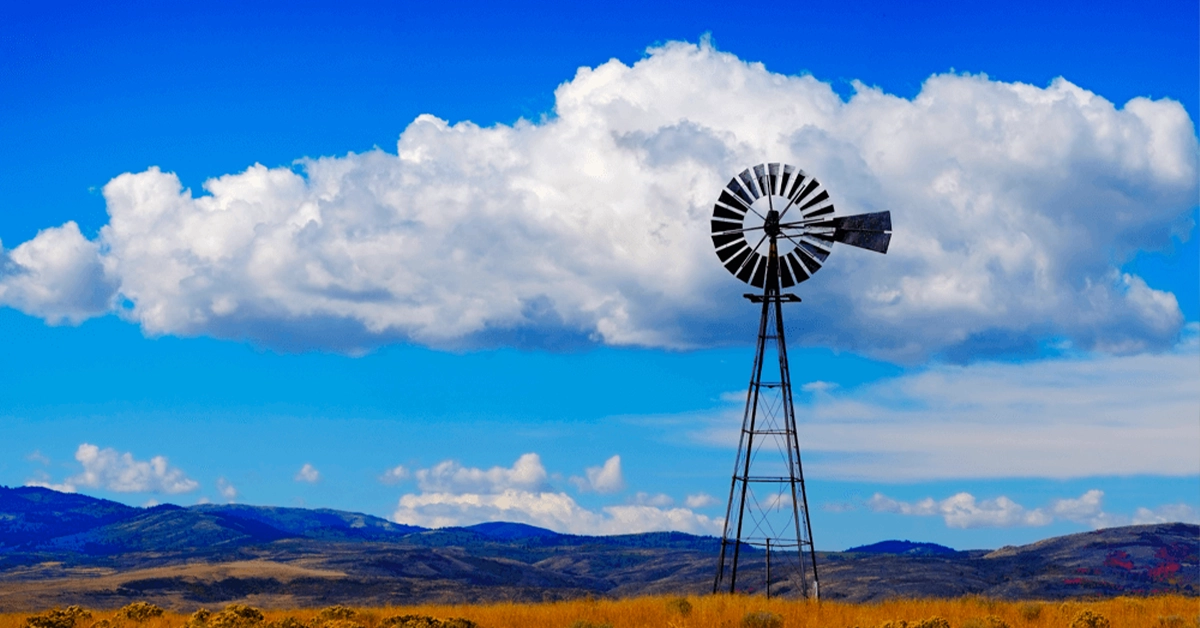
Wind power has been used to generate energy for over 5000 years, the 20th century marked a new and distinct era as the wind was being increasingly used to produce electricity, a much-needed resource in an industrializing world. This period was defined by the development of the wind turbine, a device that converts kinetic wind energy into the electric one.
Wind energy became a trademark feature of farms in the American Midwest, as well as many other regions across the world where farmers lacked adequate access to power grids. Wind energy in the first half of the 20th century was symbolized by the circular, multi-bladed wind turbine, which to this day has a strong visual connection to the quintessential American farm.
In 1927, Joe Jacobs and Marcellus Jacobs, two brothers from Minneapolis, began producing wind turbine generators for use on farms. Over the upcoming three decades, the Jacobs brothers produced some 30,000 wind turbines, most of which were sold to American farmers but also included some that were shipped to Africa and used by Richard Evelyn Byrd during his Antarctic expedition.
Most of these farm wind turbines produced a low output of energy. For instance, one of the most popular small wind generator produced for American farms in the 1930s was the two-bladed horizontal-axis Wincharger turbine that had a peak output of just 200 watts. Due to their rather low power output, they were usually limited to lighting or charging batteries.
However, all of these forms of wind turbines were small-scale; intended for isolated dwellings, bridges, farms and other relatively minor consumers of electricity. Utility-scale wind power did not materialize until the 1930s, and even then there were just prototypes. The Soviet Union was the first to explore this concept at a utility level with the WIME D-30, a horizontal-axis three-bladed turbine that was built in Balaklava, a town near Yalta, USSR. It operated from 1931 until 1942. It had an unprecedentedly high output of 100 kW. Housed on a 30 m (100 ft) tower, it was reported to have an annual load factor of 32 percent, similar to modern wind turbines.
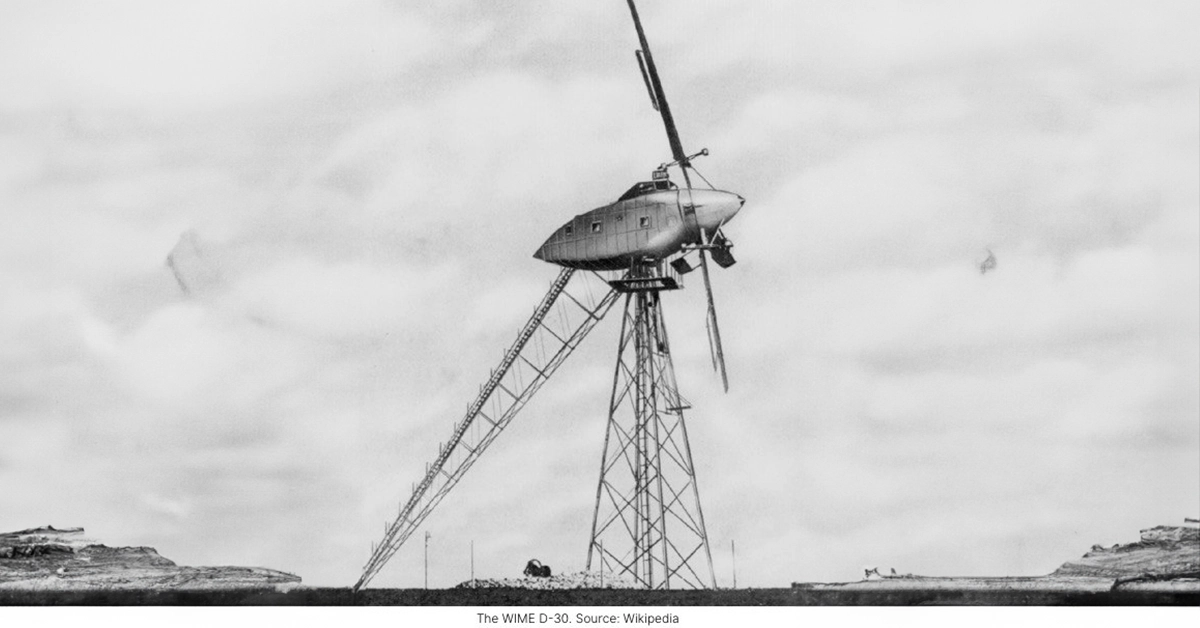
In the US, ambitions for the first megawatt-sized wind turbine materialized into a massive wind turbine that was constructed in 1941 at Grandpa’s Knob Summit in Vermont. However, the turbine only operated for just 45 days before one of the blades failed due to a wartime shortage of materials for maintenance.
Wind Power through Crisis and Innovation
During the Second World War, wind turbines were used as a fuel-conservant, for instance, charging batteries on German U-boats. The great demand for fossil fuels led to an increased interest in using renewable sources wherever possible, but it would not be until the oil shocks of the 1970s that wind energy, along with other forms of renewable energy, would take center stage.
From the mid-1970s through to the mid-1980s, the US government, motivated in part by the oil shocks (1973 and 1979) and subsequent energy crisis, looked towards wind energy as part of its push towards greater energy independence. Research and development were initially led by the National Aeronautics and Space Administration (NASA) in cooperation with the Department of Energy (DOE). The research resulted in many innovations that are still used by modern wind turbines, including composite blade materials, variable-speed generators, and partial-span pitch control. In 1980, the world's first wind farm was built in New Hampshire. It consisted of twenty 30 kW wind turbines. However, due to the site’s unsuitable wind conditions, it would be scrapped just 2 years later. Still, it marked an important development in the history of commercial wind power.
Denmark’s Leadership in Wind Power
Denmark has been a pioneer in wind power since the late 19th century. The country was highly reliant on energy imports, with 90% of its total energy needs being covered by imports of foreign oil. As such, the Oil Shocks of the 1970s caused serious economic difficulties and motivated the Danish government into supporting alternative forms of energy. Initially, nuclear power was viewed as the energy of the future, but a strong grassroots anti-nuclear campaign forced the government’s hand into renewable energy. Wind was the natural choice as it is a resource that is evenly spread across the nation. In the 1980s, families could gain tax exemptions by generating energy locally through renewables, including wind turbines. Families would either purchase their own turbines or purchase shares in a nearby communal wind turbine. By the mid-1980s, Denmark had become a premier producer of wind turbines, selling these devices into regions where renewable energy was just starting to kick off (Germany, California).
As you can see, we are slightly moving in time. In our next article in this series, we will examine the modern history of wind power, an era that was defined by the development and mass-production of the modern three-bladed horizontal axis wind turbine. If you want to read more articles about renewable energy or learn more about FUERGY and our achievements towards decentralized economy for energy sharing, do not hesitate to follow us on Twitter or subscribe to our newsletter.
New dimension of energy optimization

